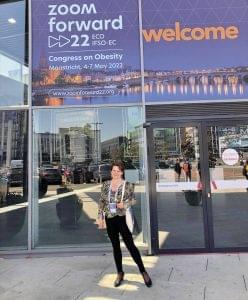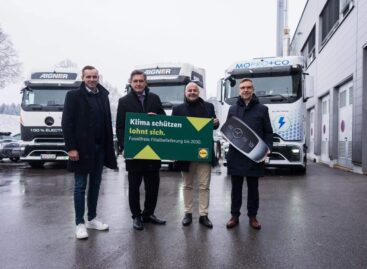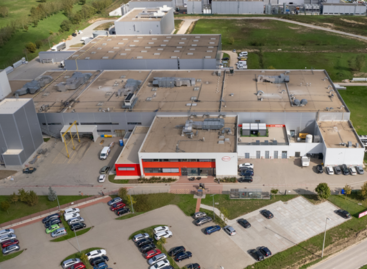The future is starting now – the obesity epidemic is here

Guest writer:
Emese Antal
scientific director
TÉT Platform
At the European Congress on Obesity, one of the topics discussed was the European Regional Obesity Report 2022 by the WHO, which reveals that obesity has become an epidemic in all 53 member states. In Europe 59% of adults and almost every third child (29% of boys and 27% of girls) are overweight or obese. Every year about 13% of deaths – 1.2 million cases – are obesity-related in Europe. There is a big difference between men’s and women’s obesity, and men are more likely to put on the lost kilograms again.
Conference on diet and food
At the conference, which took place in the Netherlands, it was revealed that people living with obesity feel stigmatised in many fields of life. It also turned out that 73% of adults who try to lose weight are unable to do so. This indicates that wanting it isn’t enough, people need the right method too. Modern nutrition science isn’t looking for a general treatment, but personalised solutions. It was also told at the conference that the prevention of obesity, just like its treatment, requires targeted, tailor-made methods and the use of digital tools can also be of help. Responsible food manufacturers monitor nutrition science research and trends, and today one of the main things the food industry focuses on is sugar reduction. The European Union funds the 5-year SWEET programme (sweetproject.eu) that seeks to study the effects of switching form sugar to sweeteners.
Nutrition labelling
In the nutrition labelling section a Dutch researcher told what Hungarian research results also justify: consumers choose food based on taste and price, and the healthiness factor only comes third. Since 2010 the Choices Programme has been researching how shoppers can be assisted in food shopping, and front-of-pack nutrition labelling has also been analysed. The programme has found that the following groups are likely to check the information on nutrition labelling: women, parents, special-diet consumers, consumers with a college or university degree, higher-income shoppers and first-time buyers. It has also become clear that front-of-pack nutrition labelling can work best if there is no other label, if it is widely used on products in retail chains and restaurants, and if it comes with a programme educating consumers.

Even if determined, those who want to lose weight do not have the right method and tool at hand, the conference found
Help on the TÉT Platform website
According to data from the Central Statistical Office (KSH), Hungarians spend one quarter of their income on buying food, and this sum is growing year after year. At the same time 20-25% of children and young adults are overweight or obese, and this problem also affects two from three adults. This means that we spend a lot on eating, but our diets aren’t well-compiled. It is also true that food rules are stricter in Hungary than the international average. Still, shoppers can only make healthier choices if the nutrition information is clear, easy to understand and the most important facts are highlighted: consumers only spend 0.1 second with reading the information on the label. Surveys by TÉT Platform revealed that one from three shoppers check the nutrition content, especially those in the 19-29 year age group and consumers with a higher income. At the TÉT Platform website, www.tapertekjeloles.hu, people can find useful information and practical advice on nutrition labelling. //
Related news
Too many gifts, too much food: our holiday excesses are putting a serious strain on the environment
🎧 Hallgasd a cikket: Lejátszás Szünet Folytatás Leállítás Nyelv: Auto…
Read more >Lidl Austria Expands Electric Supply Fleet
🎧 Hallgasd a cikket: Lejátszás Szünet Folytatás Leállítás Nyelv: Auto…
Read more >Henkel: 3,000 accident-free days
🎧 Hallgasd a cikket: Lejátszás Szünet Folytatás Leállítás Nyelv: Auto…
Read more >Related news
Christmas shock in commerce: for the first time, we can pay with bank cards in fewer places
🎧 Hallgasd a cikket: Lejátszás Szünet Folytatás Leállítás Nyelv: Auto…
Read more >Hungarian Confectionery Manufacturers Association: trends in 2025 and prospects for 2026
🎧 Hallgasd a cikket: Lejátszás Szünet Folytatás Leállítás Nyelv: Auto…
Read more >Most grocery chains will be open until noon on December 24th
🎧 Hallgasd a cikket: Lejátszás Szünet Folytatás Leállítás Nyelv: Auto…
Read more >






